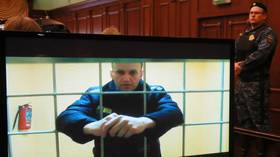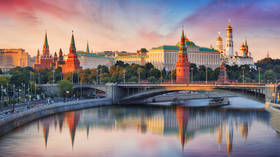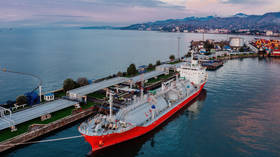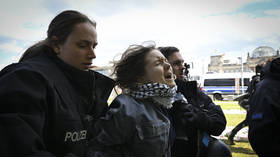Fukushima fallout: Throwing radioactive caution to the wind – and sea
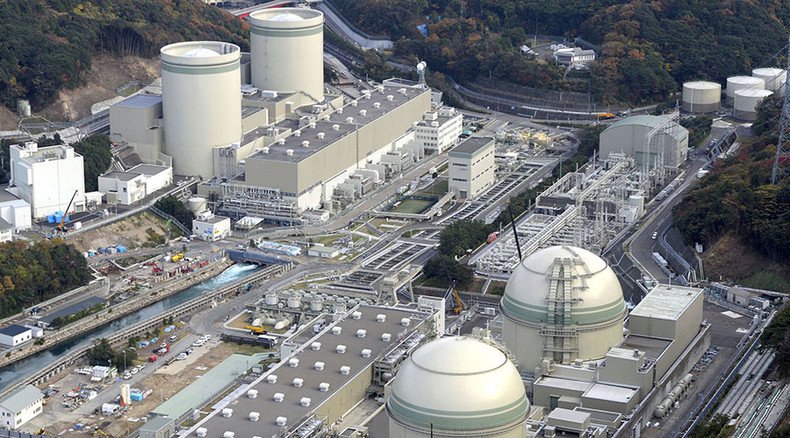
In the aftermath of Japan’s Fukushima nuclear power meltdown following the tsunami of March 11, 2011, the international community has totally failed in keeping the public properly informed and protected from the fallout.
Scientists and environmental officials continue to express concern, even now, at the unusual events and wonder about the causes. At the same time, the media present the facts, but fail to make any connection whatsoever to the ongoing state of affairs stemming from the tragic 2011 events at Fukushima.
Here are a few recent examples:
Seabird die-off reported around Kodiak, Alaska: A September 2015 audio report from Robin Corcoran, biologist from the Kodiak Wildlife National Refuge, confirms local reports that “emaciated” bird carcasses are washing up on Kodiak Island shores. Corcoran states that the birds were “showing up in places where people don’t normally see them . . . foraging, trying to find forage fish.”
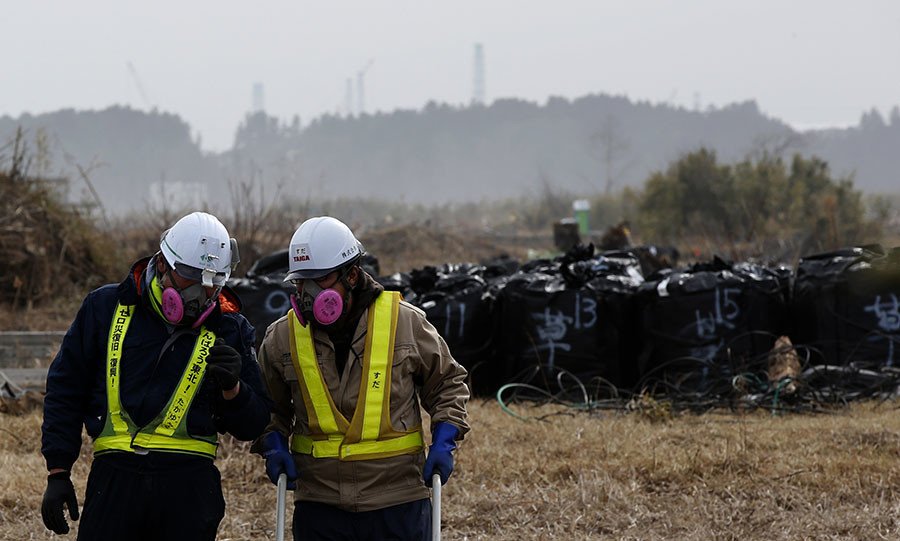
The KMXT narrator quoted Corcoran as saying it was unclear what caused the deaths but “could be related to the birds’ inability to catch forage fish,” while it was evident “the birds have no fat on their bodies and they don’t have any food in their digestive systems which indicates that they starved.”
Corcoran confirms that the last major bird die-off experienced in the region was January through March of 2012. The program concluded by stating that multiple species of birds have declined in number in other Alaska regions, according to surveys taken by the Wildlife Refuge. The next day, KTOO reported that Corcoran speculated on several causes for the die-off: “flight feather molt,”“whale die-offs,” or “harmful algal blooms . . . related to warm ocean temperatures.”
A few days before the Kodiak reports, The Daily Astorian headlined: “Scientists Searching for Answers in Bird Die-Off.” Julia Parish, speaking on behalf of the University of Washington’s Coastal Observation and Seabird Survey Team, states that the spikes in deaths are two to three times higher than normal. Josh Saranpaa of the Wildlife Center of the North Coast was quoted as saying, “Every bird we’re seeing is starving to death. It’s pretty bad.” Saranpaa added, “When you see so many starving, something is not quite right out there.”
The warming ocean and the toxic algae bloom are offered as possible explanations for the die-offs. Warming oceans, it is explained, cause the fish to swim deeper than the birds can dive while the toxic algae bloom runs from California straight up to Alasak. Parish concludes that it has been a really “odd” year with multiple regional scale events. She says that there is not much that researchers can do except wait and watch.
Julia Reis of the Half Moon Bay Review writes with understatement, “There have been noticeable changes in the Pacific Ocean that have caused difficulties for marine life of late.”
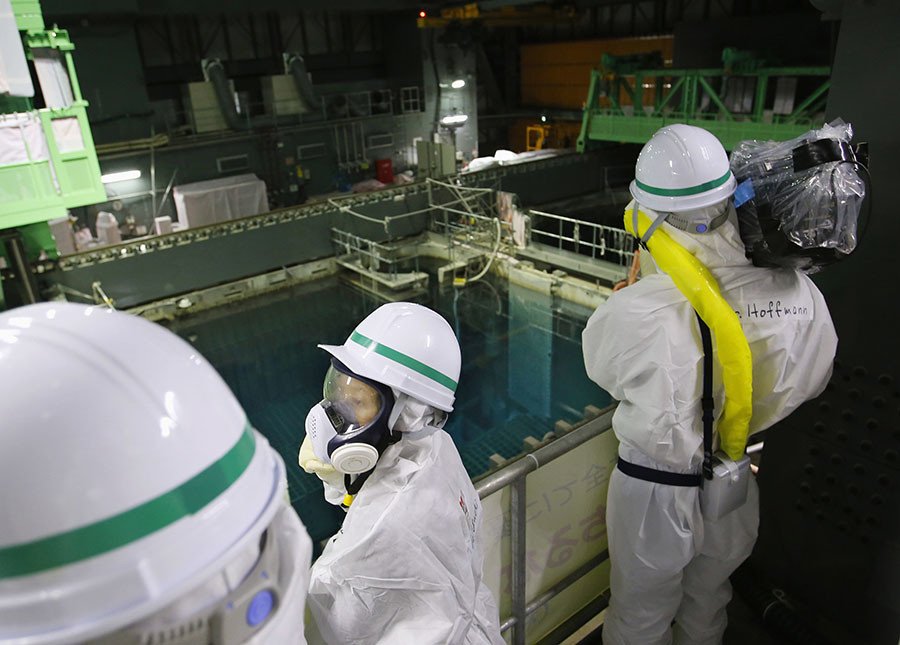
Gerry McChesney of the Farallon National Wildlife Refuge says that the die-off has him all the more “baffled” because of the strip of cold water in his area full of food for these birds. In my mind’s eye, I can see McChesney scratching his head as I read that he considers poisoning, starvation, and El Nino as possible causes for the die-off. The article ends with the following comment by McChesney, “We might have to see some other problem in the ocean before we understand what’s causing the die-off.”
ENENews.com points to the problem of the massive die-off happening from San Diego to Alaska—all along the West Coast of the U.S. It highlights in various reports words like “strange,” “unprecedented,” “crazy,” “worst,” with this iconic quote from The Sacramento Bee: “Our gut tells us there is something going on in the marine environment.”
Behrens [1] published an open access 2012 model simulation of cesium 137 (137Cs) released into the Pacific Ocean as a result of the Fukushima incident and found that after the first two to three years, tracer elements descended to depths of more than 400 meters, reached the Hawaiian Islands after about two years, and North American territorial waters after about five to six years.
Although in decreased rates of concentration from the initial injection, the entire northern Pacific basin becomes saturated with tracer fluids in this simulation. This study finds that the radioactivity remains at about twice pre-Fukushima levels until about Year Nine when radioactivity tapers to pre-Fukushima levels. This research specifically does not investigate the biological effects of increased radioactivity in the Pacific Ocean.
In 2011, Lozano [2] investigated reports of man-made cesium atmospheric detection as far away as the Iberian Peninsula. Mangano and Sherman [3] take their 2015 investigation of Fukushima radiation exactly into a potentially politically uncomfortable, but essential space: biological effects. They look at “congenital anomalies” that occurred in the U.S. western states after the arrival of radioactive Fukushima Fallout. And they found that while in the rest of the U.S., birth defects decreased by almost four percentage points, on the U.S. West Coast, defects increased by thirteen percent.
View Dr. Sherman’s interview by Russia Today’s Thom Hartman where she explains the research.
Even U.S. soldiers are now experiencing Fukushima Fallout with exposure hitting home in health effects and birth defects. The Woods Hole Oceanographic Institution explains how Fukushima radioactivity reaches ocean life from both air and sea discharges. These air, ground, or sea discharges, by the way, continue twenty-four hours a day, seven days a week. Arne Gundersen of Fairewinds.org estimates that by 2015 at least 23,000 tanker truckloads of radioactive water have been released into the Pacific Ocean “with no end in sight.”
Please tell me whatever happened to the Precautionary Principle in public policy? [4] Is profit more important than prudence? Finally, a 2015 study by Synolakis and Kanoglu [5] finds that the Fukushima tragedy was preventable. They conclude that due to design flaws, regulatory failures, and “arrogance and ignorance,” and concludes that Fukushima Daiichi was “a sitting duck waiting to be flooded.”
With all of this as background, the media provide coverage of marine anomalies mentioning global warming, even El Nino and toxic algae, while the elephant in the room is Fukushima radiation. It is this silence that is deafening! It makes me wonder who are the beneficiaries of the nuclear power business? Why is the nuclear power lobby so strong when the dangers are clearly so evident? Instead, we are told: “It is fossil fuels that are destroying the planet. Nuclear power is clean and safe.” I’m also told that nuclear power is a sign of modernity; it is the future. But solar, geothermal, and wind are rarely given a mention by these same individuals. I’m also told that by posing these questions, I’m fearmongering.
I do want to know why in the face of what appear to be Pacific Ocean die-offs, El Nino is mentioned and not the Fukushima-related elevated levels of radiation. As long as there is a palpable lack of transparency in the mainstream media’s ordinary coverage of extraordinary environmental events, that includes what one senses as a reticence to discuss the obvious, I predict that there will be a proliferation of citizen journalists and citizen scientists seizing upon each piece of new data trying to make sense out of a government-approved narrative that just doesn’t make sense—again.
US President Obama stated, “We do not expect harmful levels of radiation to reach the West Coast, Hawaii, Alaska, or U.S. territories in the Pacific.”
We should not rely on government officials to tell us the truth about the full extent of Fukushima's fallout: Incredibly, Obama advised the people of the U.S. not to take precautionary measures beyond “staying informed.” Canada immediately suspended measurements of radiation around Vancouver. The government of Japan has not been trustworthy from the very beginning about the extent of the tragedy.
The statements, views and opinions expressed in this column are solely those of the author and do not necessarily represent those of RT.




